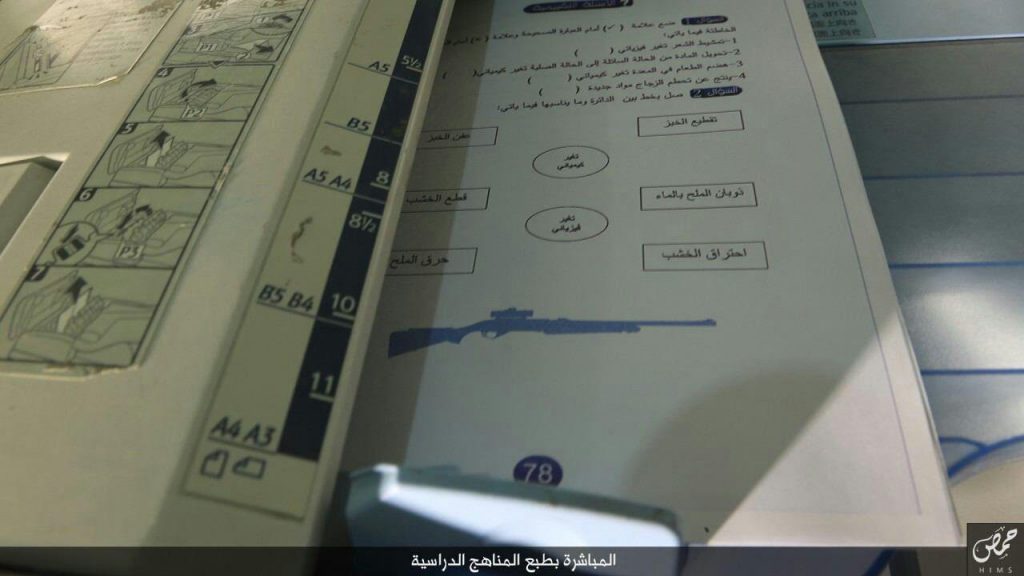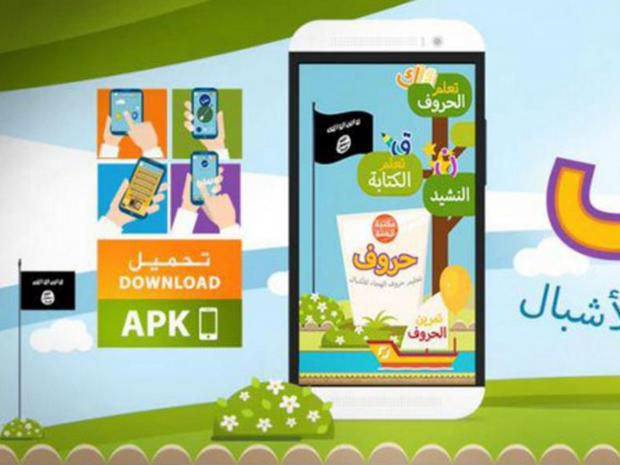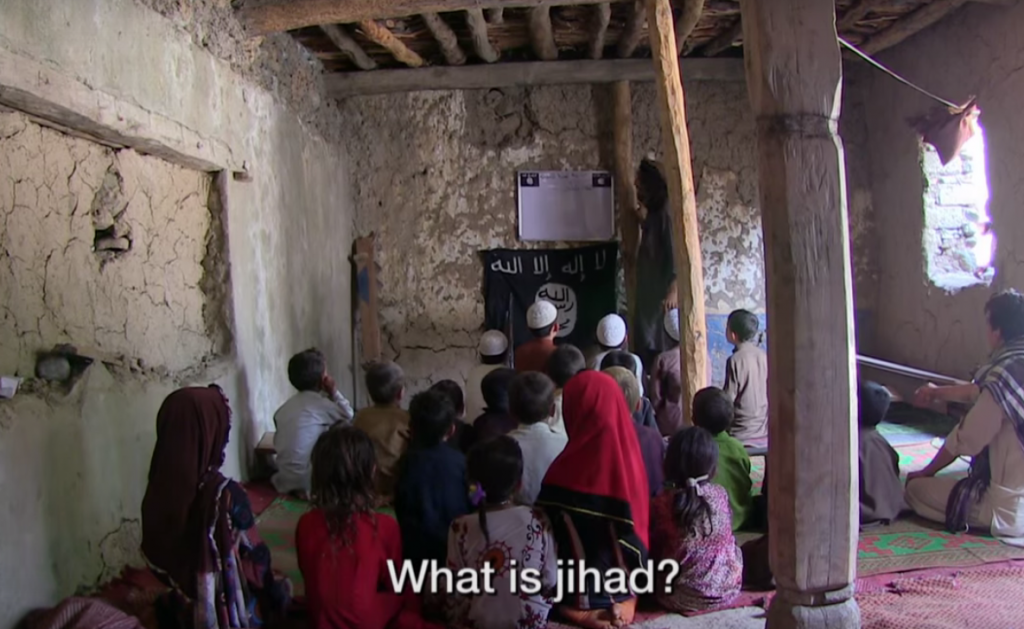Recently I attended and presented at a Nordic conference dealing with radicalisation and countering violent extremism. There were several interesting talks by researchers from a wide array of intellectual disciplines, including for instance political science, sociology, anthropology, media studies, history and educational studies. The variety of perspectives is something I have continuously cherished as I find interdisciplinary approaches to be a necessity to tackle extremism and radicalisation. Not only did I emphasize this need in my talk, but I also tried to highlight the importance of expanding the understanding of online- and other media practices when dealing with the hard defined concept of radicalisation. Grasping the significance of media propaganda and virtual interaction in the process of developing radical ideas and support for extremist ideologies, is still a challenge that neither the research community or political incentives have managed to approach in a sufficient way. We still don’t know how the sophisticated Information Operations of the Islamic State actually appeals to and resonate with the individual or the collective ideologically likeminded. And to be honest the research community still struggles to understand the often neglected offline ideological strategies which in fact are very prominent and important when approaching the hybridized warfare of the Islamic State. There are obvious reasons for this in terms of the (im)possibilities to ethnographically or anthropologically approach members or supporters of Islamic State’s world view, difficulties of interviewing defectors or identify individuals in the initial stages of radicalisation. We can, and should, discuss how the organization successfully has managed to amplify pull- and push factors, to inspire both cognitive and behavioural dimensions of radicalisation, and to attract more supporters on a global scale than any other contemporary terrorist organization. In order to do so we need not only this just mentioned closer interdisciplinary approach, but also recognize and identify long-term risks and threats to society, especially considering the currently increased outsourcing and spread of salafi-jihadist terrorism.
Perhaps the most significant entrance point to such a discussion is the educational system of the Islamic State, how the indoctrination of children, both in classrooms as well as through digital tools, is performed in order to prepare them for being on the frontline of the next and future generation of jihadists – let’s allow ourselves to call them ‘Islamic State 2.0’. In order for societies to deal with the fact that a huge amount of children that lives, or have lived, under Islamic State control in the near future can be mobilizing, be outspread, establishing new networks and affiliations or simply act as lone-wolfs – there is a desperate need to get a grip of what they have went through, what they have learned from a young age and how the indoctrination processes actually looks, both through digital means and offline ideological measures.
I think we are many who would agree that an increasing concern when it comes to the capabilities of the Islamic State, is the systematic use of children in propaganda and recruitment efforts as well as in military operations and executions. From a media perspective the most interesting is perhaps the depiction of children in the propaganda; how they are portrayed, in what roles and the rhetorical appeals connected to these portrayals. But the nowadays extensive use of children in the messaging is also a lens through which we can obtain broader sociological insights about what characterizes the evident indoctrination process within the Caliphate and the role of children (boys are usually referred to as ‘cubs’ and girls as ‘pearls’ or ‘flowers’) in the social structure of the Islamic State.
Of course the strategic use of children in both propaganda and military operations is nothing exclusive for Islamic State. Other contemporary groups both have applied this and unfortunately still does it, although previously mostly related to child soldiers and organizations like al-Qa’ida and Boko Haram are still prominent in this matter. But what separates the Islamic State seems to be the systematic efforts of indoctrination and making children a cornerstone in the future of the organization and by definition, in the self-declared state project. It is also a separation from other groups when they’re ideologically justifying child-rearing in much of the propaganda, and they have strong media enterprises behind them enhancing this strategy.
In relation to the state structure it gives this justification a stronger emphasis through the fact that there is a Ministry of Education (Diwan al-Ta’aleem) implementing the ideology at full force. And this aspect is rarely highlighted in mainstream media reports about Islamic State’s use of children. Rather the focus, for obvious reasons, is aimed at the propaganda content depicting children used in the most brutal of narratives: as eulogised suicide bombers, executioners in beheadings and/or as part of firing-squads, which generates better headlines and corresponds with the contemporary news logic feeding the simplified image of the organization as solely a brutal death cult.
However this does not take away that the social structure and institutions of the Islamic State, even if they currently are struggling to keep the societal formation together, are strongly and since long deliberately rooted as backbones of this organization. Boys between the age of 6-18 and girls usually between 6-15 (as girls who are married are not in school) have to take part of mandatory education, from the age of 6 in separate classes depending on gender. Not all of the foreign recruits or parents within the local population obey the enforced obligation and instead choose to keep their children at the house, although a considerable amount of children living inside the Islamic State do attend. For the local population the significant changes of the curriculum since the Islamic State took control of the area, are evident, as strict interpretations of Islam and salafi-jihadist ideology is being extensively tought. Any teacher who deviates from the curriculum risks being executed.
Depending on where the children come from there is also a division made (you never see children from the Caucasus or parts of Europe in the same class as children from a remote Sunni tribe in Syria, for instance). The foreign recruits receive extra classes in Arabic, just as they are offered instructions in English to speed up the education.
From a content point of view, it is not only a more intense religious teaching (children learn to recite from the Quran and the Hadiths, mostly sections and quotes that Islamic State uses to justify their existence and operations), that has emerged, but also a specifically designed world view stretching over and incorporated in many subjects. Take for instance Geography, which is being taught from a vastly different point of view from schools in the West, with the Islamic State Caliphate in the center, erasing the Sykes-Picot borders of the Middle East, just as the ideological and military warfare suggest. Mathematics are taught rather traditionally, however with illustrations of tanks, guns and or explosive devices – hence: logic reasoning is integrated with stories of warfare. And this might be one of the key issues to recognize, how the rhetorical forms of appeal are so strictly intertweened. How logics combined with both emotional pathos and trust (ethos) in a repetitive manner, promoted under the discourse of religious obligation enforced by Islamic State on all levels, becomes such a powerful tool leaving children without chance to oppose or challenge in their path to adolescence.
Another example is when one of the propaganda outlets (‘Library of Zeal’) released an Android application (‘Huroof’) aiding children to learn the alphabet and Arabic language. In the application the educational core is heavily influenced by ideology and jihadist themes. As The Long War Journal reported, “The app has games for memorizing and how to write the Arabic letters in addition to including a nasheed (a cappella Islamic songs) designed to help teach the alphabet. The lyrics in the nasheed are littered with jihadist terminology, while other games within the app also include militaristic vocabulary with more common, basic words. Words like “tank,” “gun,” and “rocket” are among the first few taught within the application.”
Considering my statement above about the integration of rhetorical elements, this example accentuates even further how also forms of media are closely linked to each other when using songs, lyrics, words – all creating a sense that the basic foundation of understanding (language), war and jihad, together constitute an entity and essence of life itself.
Preparations for physical fighting and military warfare is highly important as well. The older the children becomes, the more weapon skills and training-camps are involved. But at the younger ages this physical preparation in class is usually performed as a play, a game. Children perform exercises based on improving their endurance, cooperation and sense of obedience, strongly connected to the overall ideology of Islamic State emphasizing duty and obligation to take part in their war. Even here the element of singing is an important part, as children during (non-violent) exercises are asked to sing the ‘ba’yah’: the allegiance pledge to Caliph al-Baghdadi. So even if there at the youngest of ages are mainly non-violent exercises and only playful military training, it still provides the foundation of future such elements, including and combining physical preparations with concepts of loyalty to the Caliph and the state itself.
In addition and finally, exposing children to violence, desensitizing their minds and emotional investments, is crucial. In many execution propaganda-videos it is more a rule than an exception to see small children at the front of the crowd watching public executions on squares or the streets of Raqqa or other Islamic State controlled cities. In a few videos so far adolescents from the crowd watching are asked to volunteer to be executioners, and out of several volunteering a handful is picked to hold the gun or the knife. As have also been reported heavily, even I wrote about it here, many of the more high-production-value videos (hence with a global audience) of torture and executions, include children as young as 6-8 yo acting as executioners. This has an interesting anthropological value of loyalty and is part of an internal hierarchy and identity formation, making the child/adolescent climb in ranks by taking part in an execution (there is a symbolic value in cutting off the head of an apostate as it in a spiritual and symbolic sense means the child simultaneously cuts off his own potentially apostate-influenced or westernized mind and makes a complete break from the path of hypocracy and disbelieving) – thereby signifies there is no return from here on.
There are numerous more and interesting aspects to consider when it comes to the systematic indoctrination and educational system of the Islamic State, far too many. But what can we learn simply from the aspects described here?
People are never as dangerous as when they are in complete conviction about themselves being right. And the Islamic State has proven highly successful in implementing the notion of superiority and rightness through their ideological framework, not least among the younger generations. There are offline- as well as online/digital indoctrination strategies which by the Islamic State are considered fundamental in achieving this. The educational system goes beyond the classroom teachings and the Ministry of Education is closely linked to the Ministry of Media, collaborating on how different forms of media can aid the process of preparing children to forcefully become the next generation of fighters, boys growing from ‘Cubs’ into ‘Lions’.
There are several mediation processes and practices in Islamic State educational efforts in general, and in this collaboration in particular., that we need to approach from a more holistic point of view than has been made so far. From mobile applications deploying a playful understanding of warfare (framed in an educational context), to images and texts in more traditional forms of curriculum textbooks filled with visual illustrations, to video-games and other applications with further enhanced information value. Finally we should include a massive output of propaganda videos which effectively, just like educational applications, blur the boundaries between reality and fiction. Videos of children acting as if they are part of a game, imitating both movements and first-shooter perspectives recognizable from any computer-game, ending up with a real killing/execution of one or several ‘apostates’, all forced to take part of the enactment. These videos are then not only circulated online, but continously screened in mobile media kiosks within the Caliphate where children and older population are viewing together.
One of the biggest mistakes of the western world in recent years has been to underestimate the long term formation of Islamic State’s ideology and state, military capabilities and brutality. By learning from this mistake we must now increase and share knowledge about the issues above, collaborate on preventive measures and find ways to deal with the upcoming and long-term threat towards western societies, but maybe even more important a major social development dimension in the region with a growing generation of children who have lived under Islamic State ruling and indoctrinating tentacles of “education”.





